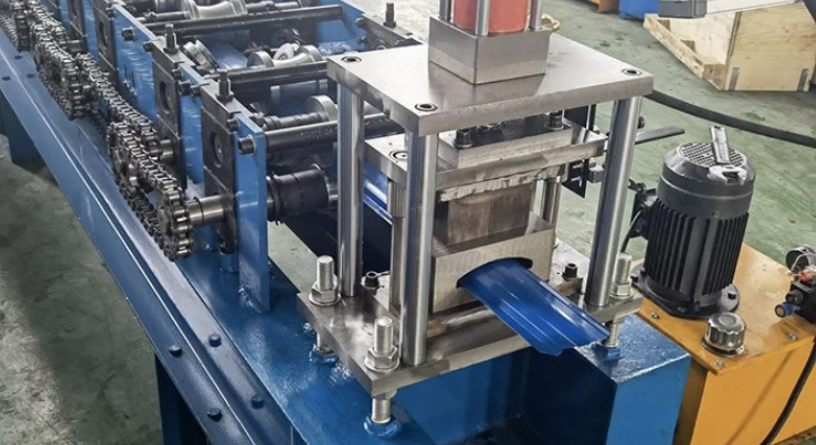
Posted on Tuesday, October 8, 2024
The design of metal profiles is crucial in determining the efficiency of the roll forming process. Well-designed profiles can optimize the material flow through the roll forming machine, allowing for smoother operation and reduced wear on tooling. Factors such as profile geometry, thickness, and material properties significantly influence how easily the metal can be shaped during the forming process.
2. Tooling Design and Production Costs
A carefully considered profile design can lead to more effective tooling, reducing manufacturing costs. Complex or intricate designs may require custom tooling, which can be expensive and time-consuming to produce. By simplifying the profile design or using standard shapes, manufacturers can streamline the production process, resulting in lower costs and faster turnaround times.
3. Strength and Structural Integrity
The design of metal profiles directly affects the strength and performance of the final product. For instance, profiles designed with appropriate ribbing or fluting can enhance structural integrity, making them more resistant to bending and deformation under load. Engineers must consider factors such as load requirements and potential stress points to ensure the profiles perform as intended in their applications.
4. Weight Considerations
Profile design can also influence the weight of the finished product. Lightweight designs can be advantageous in applications such as automotive or aerospace, where reducing weight is critical for performance and fuel efficiency. However, achieving a balance between weight reduction and structural integrity is essential, making careful profile design vital.
5. Aesthetic Appeal and Market Demand
In addition to functionality, profile design plays a role in the aesthetic appeal of products, especially in applications like construction and furniture. Attractive and modern profile designs can enhance the overall appearance of the final product, catering to market demands for visually appealing materials. This can also impact sales, as customers often prioritize aesthetics alongside performance.
6. Compatibility with Manufacturing Processes
The profile design must also consider compatibility with other manufacturing processes, such as welding, painting, or assembly. If a profile is not designed to fit well with these processes, it may lead to additional costs and complications during production. For example, sharp corners or unusual shapes can create challenges in welding or finishing, necessitating further design adjustments.
7. Customization and Flexibility
Finally, the importance of profile design extends to customization capabilities. As industries evolve and customer needs change, the ability to adapt profile designs quickly can be a significant competitive advantage. Efficient roll forming processes that allow for easy adjustments in profile design can help manufacturers respond to market trends and specific client requests more effectively.
In conclusion, the design of metal profiles is a critical aspect of the roll forming process that influences efficiency, cost, strength, aesthetics, and compatibility with other manufacturing processes. Manufacturers who invest time and resources into optimizing profile design can enhance the performance of their products and better meet the needs of their customers, ultimately leading to greater success in the competitive landscape of metal fabrication.

Most Popular Roll Forming Machines in the United Kingdom
Posted on Thursday, December 11, 2025
This blog breaks down the five most in-demand roll forming machines in the UK

Can I Finance a Roll Forming Machine?
Posted on Thursday, December 11, 2025
Financing a roll forming machine is easier than most buyers think. Here’s how leases, loans, and payment plans make production affordable.

Roll Forming Machines for Sale in the UK: What Buyers Need to Know Before Purchasing
Posted on Thursday, December 11, 2025
This complete guide explains everything UK buyers must know before purchasing, including machine types, voltage requirements, CE/UKCA compliance

Roll Forming Machines for Sale in the USA: What Buyers Need to Know Before Purchasing
Posted on Wednesday, December 10, 2025
This guide explains everything U.S. buyers need to know before purchasing a roll forming machine, including machine types, pricing, voltage
Copyright 2026 © Machine Matcher.